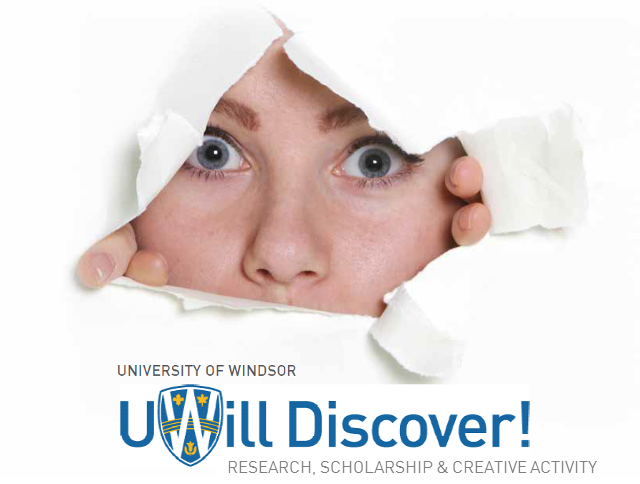DEVELOPMENT OF A DYNAMIC, RECONFIGURABLE FINGER-HAND SKELETAL STRUCTURE
Type of Proposal
Oral Presentation
Faculty
Faculty of Engineering
Faculty Sponsor
Dr. Jill Urbanic
Proposal
A finger or hand brace may be required to be worn for people who require physical support or ‘controlled motion’ support. Ehlers Danlos Syndrome (EDS) patients have connective tissue disorders, and wear braces to support and limit motion. Manual assembly operators (i.e. assembling clips, wire harnesses, fabrics, etc.), carpal tunnel sufferers, and the elderly may also benefit from wearing finger or hand braces. Additive manufacturing (AM) solutions, commonly known as 3D printing, provide flexible manufacturing options; however, a customizable CAD (Computer Aided Design) model must be developed to facilitate a manufacturing solution. The goal of this research is to develop a readily adaptable CAD model. Rhinoceros® and Grasshopper® modelling tools are employed to develop a solution that can be dynamically manipulated to adjust to a specific hand size, and/or localized finger-hand configurations. The final CAD model can be then used as input for an AM solution.
Start Date
23-3-2018 10:35 AM
End Date
23-3-2018 11:55 AM
Location
Alumni Auditorium A
DEVELOPMENT OF A DYNAMIC, RECONFIGURABLE FINGER-HAND SKELETAL STRUCTURE
Alumni Auditorium A
A finger or hand brace may be required to be worn for people who require physical support or ‘controlled motion’ support. Ehlers Danlos Syndrome (EDS) patients have connective tissue disorders, and wear braces to support and limit motion. Manual assembly operators (i.e. assembling clips, wire harnesses, fabrics, etc.), carpal tunnel sufferers, and the elderly may also benefit from wearing finger or hand braces. Additive manufacturing (AM) solutions, commonly known as 3D printing, provide flexible manufacturing options; however, a customizable CAD (Computer Aided Design) model must be developed to facilitate a manufacturing solution. The goal of this research is to develop a readily adaptable CAD model. Rhinoceros® and Grasshopper® modelling tools are employed to develop a solution that can be dynamically manipulated to adjust to a specific hand size, and/or localized finger-hand configurations. The final CAD model can be then used as input for an AM solution.


